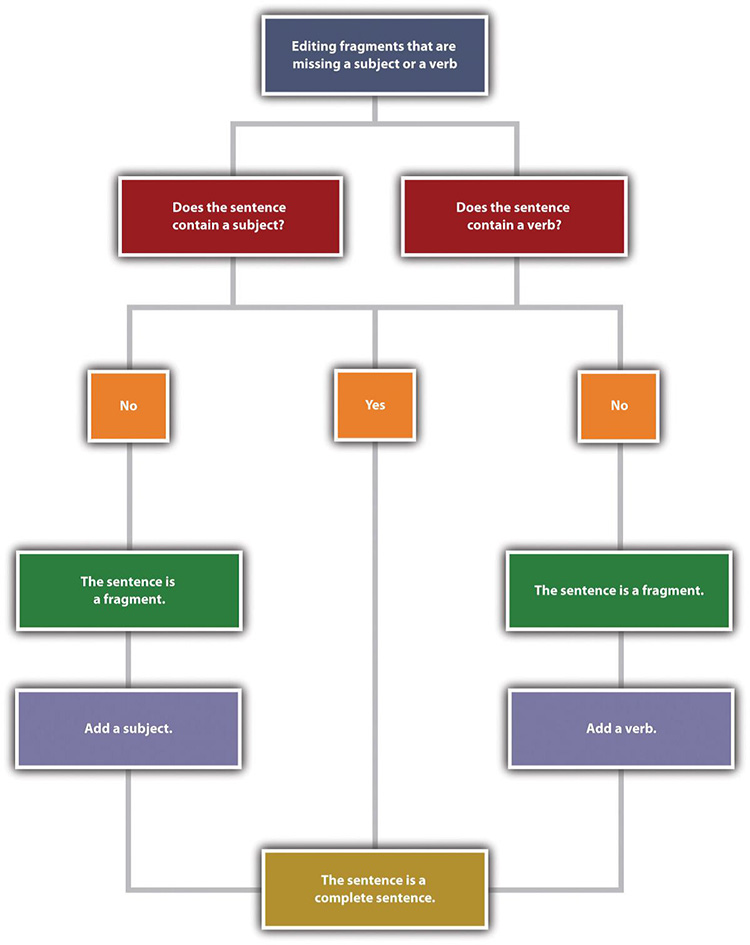Sentence Diagramming App For Mac

Sentence Diagrammer App For Mac
Diagrams such as matrices, graphs, maps, and charts help people visualize information. SmartDraw has templates for over 70 different types of diagrams. Diagrams display data in a pictorial way, showing the relationship between information blocks and data sets. For example, graph diagrams can show relationships between categories using either overlapping sections or connecting lines. Some examples of graph type diagrams include: • Flowcharts • Venn diagrams • Network Diagrams • Org Charts • Cause and Effect Diagrams. • Intelligent Formatting Click simple commands and SmartDraw builds your diagram for you, automatically. Add or remove an element, and SmartDraw realigns and arranges everything automatically for great results every time.
How can I make Ctrl-Tab and Ctrl-Shift-Tab switch between tabs in Terminal.app on a Mac (OS 10.4 and 10.5 specifically)? This is how I switch tabs in Firefox and Aquamacs, and Command - Shift - [ and Command - Shift - ] is too awkward to me. 2) syspref -> keyboard -> shortcuts -> app shortcuts -> create a new item that links to the 'Terminal' application. Result: beeps and does nothing 3) From automator, create a new service that accepts no input and launches 'Terminal', bind the new service from the keyboards shortcut menu. In mac terminal how to set permanent shortcut for app. Then go to the Automator menu (or the app menu in any running application) and open the Services submenu. You should now see the “New Terminal” service: If you click it, Terminal should open a new window. To assign a keyboard shortcut to it, choose the “Services Preferences” item from that menu. Keyboard shortcut to open terminal in mac OSX? Stack Exchange Network Stack Exchange network consists of 174 Q&A communities including Stack Overflow, the largest, most trusted online community for developers to learn, share their knowledge, and build their careers. Jan 19, 2017 Step 1, Click on the Apple menu. It's the black, apple-shaped icon in the upper-left of your screen.Step 2, Click on System Preferences.Step 3, Click on Keyboard. It's near the center of the preferences window. If you don't see a full menu of System Preferences options, click on ⋮⋮⋮⋮ in the top bar of the dialog box.



